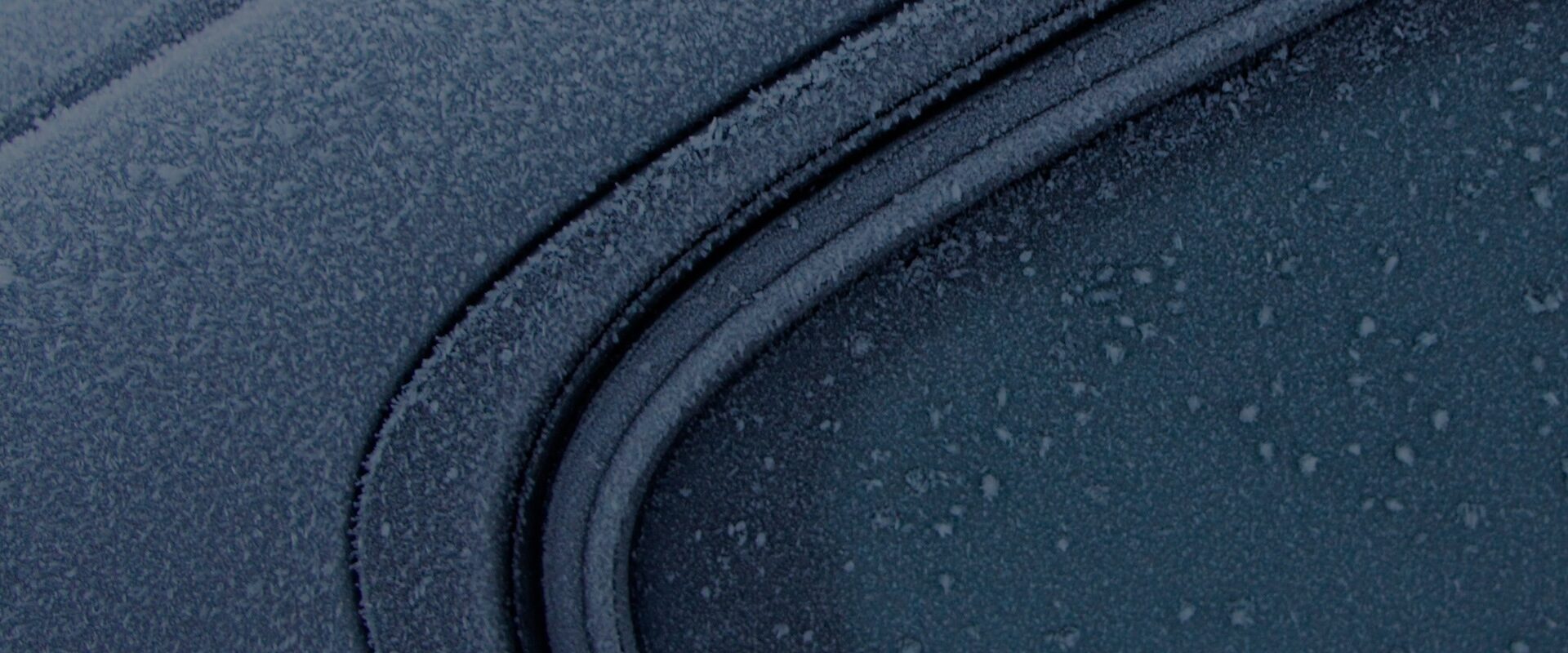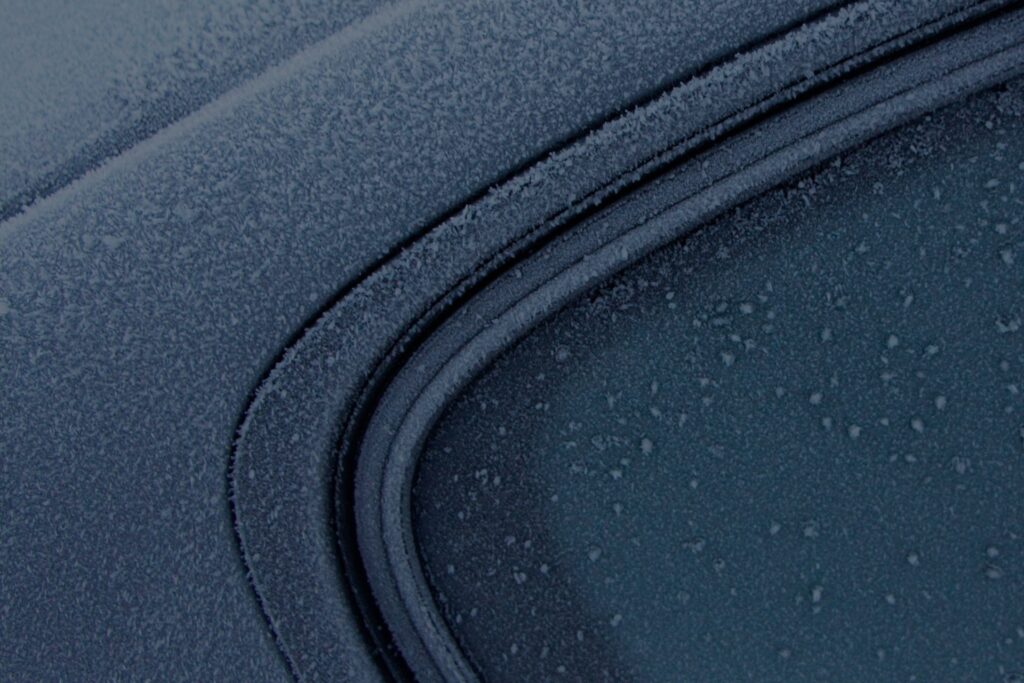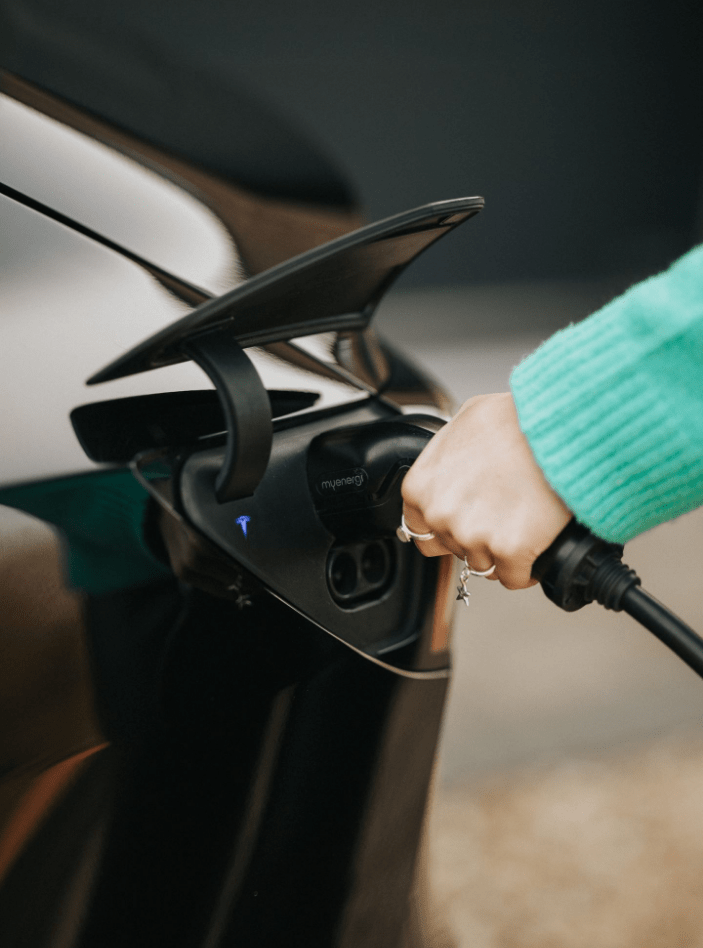
How does cold weather affect EV charging?
Cold weather affects EV batteries by reducing their efficiency. Lithium-ion batteries, commonly used in EVs, are sensitive to temperature changes. As temperatures drop, the electrochemical reactions within these batteries decelerate, leading to several performance issues:
- Reduce the battery’s capacity to hold a charge.
- Cause EVs to charge slower in the cold due to reduced energy transfer rates.
- Lead to increased energy consumption as the vehicle uses more power to heat the cabin and battery.
Data from Recurrent suggests that some EV models can experience up to a 35% reduction in range under freezing conditions. Consequently, EV owners may find that charging in cold weather requires more time and that their vehicles need more frequent recharging to maintain usability.
Why does cold weather affect EVs?
Electric vehicles rely on lithium-ion batteries, which function through the movement of lithium ions between the anode and cathode via an electrolyte. This movement facilitates the charging and discharging processes that power the vehicle. However, when temperatures drop, the efficiency of these chemical processes is significantly affected.
In cold weather, the electrolyte inside the battery becomes more viscous, making it harder for lithium ions to move freely. This increased resistance slows the rate at which the battery charges and discharges, reducing its overall performance. Additionally, the electrochemical reactions at the anode and cathode—essential for energy transfer—become sluggish, further limiting the battery’s ability to deliver power efficiently. Cold temperatures also increase the internal resistance of the battery, leading to voltage drops and decreased energy output.
These combined effects result in reduced battery capacity, slower charging times, and diminished driving range during winter months.
Do EV batteries lose charge in cold weather?
While EVs are highly efficient, cold weather can still lead to passive energy loss when your vehicle is parked for extended periods in freezing conditions. This occurs because the low temperatures slow down the chemical processes in the battery, making it less effective at holding a charge. However, this loss is typically temporary and the battery’s capacity will return to normal as it warms up.
To minimise energy loss during cold spells:
- Park in a sheltered location: If possible, use a garage or covered parking spot to shield your EV from freezing temperatures.
- Keep your EV plugged in: When plugged in, many EVs can maintain battery warmth, reducing the likelihood of charge loss.
- Utilise thermal management systems: Many modern EVs are equipped with thermal systems designed to regulate the battery’s temperature, even when the car is idle.
Do EVs charge slower in the cold?
Yes, EVs charge slower in cold weather, and this is primarily due to how lithium-ion batteries operate at low temperatures. In freezing conditions, the battery’s internal resistance increases, which means the charging process requires more time and energy to reach the same capacity.
To mitigate this, many modern EVs come equipped with battery management systems (BMS) that preheat the battery during charging. While this helps optimise the process, it still takes longer than charging in warmer conditions. For instance:
- Initial charging will be slow: When you plug in a cold EV, the first phase of charging often focuses on warming up the battery to a safe temperature before full charging begins.
- Fast charging will be limited: Even with DC fast chargers, charging speeds in freezing conditions may not reach their peak potential due to the system protecting the battery from thermal stress.
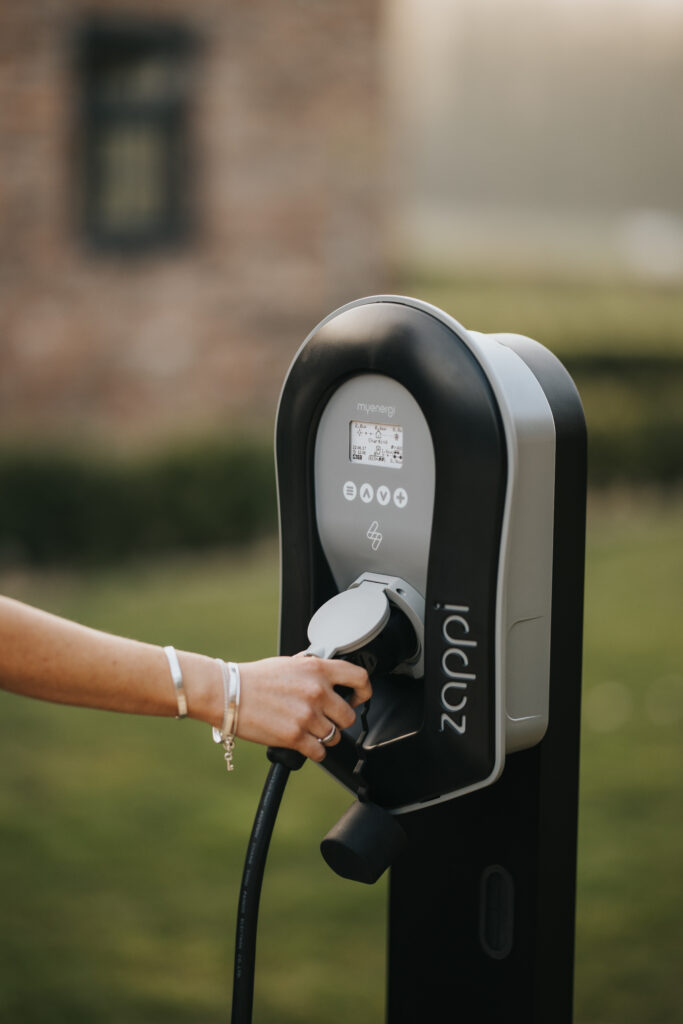
Tips for charging your EV in winter
Charging your EV during winter requires a few extra steps to maintain performance and avoid unnecessary delays. Here are some tips to help you tackle the challenges of charging an EV in cold weather:
1. Precondition your battery: Preconditioning warms your battery and cabin while your car is still plugged in, ensuring it’s ready for optimal driving and charging. Most modern EVs offer this feature via an app or in-car settings. By doing this, you conserve battery power for the road and improve charging efficiency.
2. Charge in sheltered locations: Whenever possible, use a garage or a sheltered charging station to keep your EV out of extreme cold. Protecting your car from freezing temperatures helps maintain battery performance and reduces the strain on your charging system.
3. Maintain a mid-range charge: In winter, it’s best to keep your battery level between 20% and 80%. Charging to 100% can increase stress on the battery, while letting it drop too low may make charging less efficient. A mid-range charge also ensures your battery operates within an optimal performance window.
4. Opt for level 2 charging: While fast chargers are convenient, they can generate excess heat, which isn’t ideal for already cold batteries. Level 2 chargers provide a slower, more consistent charge that’s gentler on your battery in freezing conditions.
5. Plan ahead for longer charging times: Cold weather naturally slows charging speeds, so allow extra time for your vehicle to reach the desired charge level. If you’re using public chargers, consider checking availability in advance to avoid unnecessary delays.
6. Avoid short, frequent charges: Frequent short charging sessions can be less efficient during winter. Whenever possible, aim for longer, uninterrupted charging sessions to help your battery reach an optimal state.
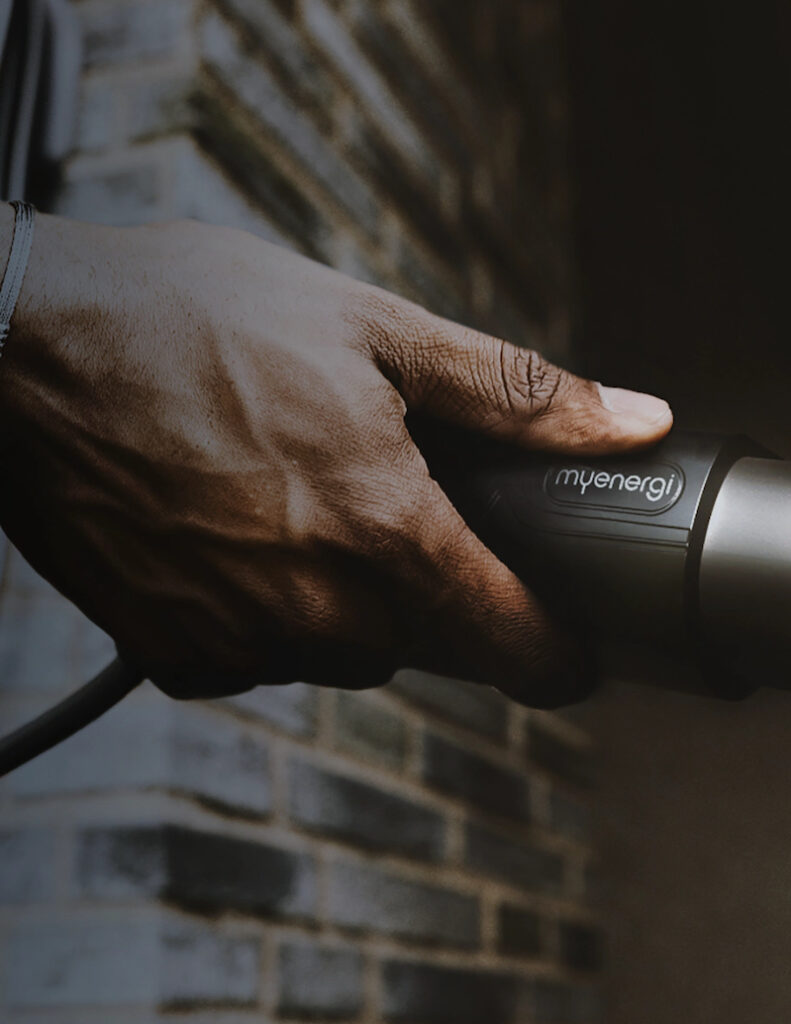
How automakers are addressing cold weather challenges
Recognising the challenges posed by cold weather, automakers and researchers are implementing innovative solutions to enhance EV performance in low-temperature environments.
Advanced thermal management systems
Manufacturers are integrating sophisticated thermal management to maintain optimal battery temperatures. These systems regulate heat distribution, ensuring consistent performance even in extreme cold.
Propane-assisted heat pumps
Companies like ZF have developed propane-driven heat pumps that can extend an EV’s cold-weather range by up to one-third. This technology offers a more efficient heating solution compared to traditional methods.
Innovative battery chemistries
Research into alternative battery chemistries, such as lithium-sulfur and solid-state batteries, aims to improve low-temperature performance and reduce reliance on scarce resources. For instance, South 8 has developed a liquefied gas electrolyte (LiGas) that enhances battery stability and extends operational temperature ranges.
Battery preconditioning features
Many EVs now offer preconditioning capabilities, allowing drivers to warm up the battery before use, thereby improving efficiency and range in cold climates.
EV driving tips for cold weather
With the challenges faced with charging in cold weather, taking some precautionary actions whilst driving can help make the most of your energy, meaning you can charge less. To maximise your EV’s performance during winter, consider the following tips:
- Utilise eco-mode: Engage your vehicle’s eco-mode to optimise energy consumption, especially for heating systems, thereby extending your driving range.
- Monitor tyre pressure: Cold temperatures can reduce tyre pressure, increasing rolling resistance and energy consumption. Regularly check and maintain proper tyre pressure to ensure optimal efficiency.
- Limit use of cabin heaters: Rely on seat warmers and steering wheel heaters instead of the cabin heater, as they consume less energy and can help preserve battery life.
- Plan charging stops: Anticipate reduced range and identify charging stations along your route to prevent unexpected battery depletion.
- Drive smoothly: Without sounding like a concerned parent; avoid rapid acceleration and heavy braking, as gentle driving conserves energy and enhances safety on potentially slippery roads.
EV charging in winter
Winter doesn’t have to put a freeze on your EV driving experience. By understanding how cold weather affects EV charging and adopting small changes like preconditioning your battery, charging indoors, and planning for slower charging times, you can keep your EV running efficiently even in the chilliest climates.
Remember, the challenges of EV charging in cold weather are temporary. As battery technology continues to evolve, future EVs will be better equipped to handle winter conditions with ease. Until then, a little preparation goes a long way in ensuring a smooth and stress-free winter driving experience.

